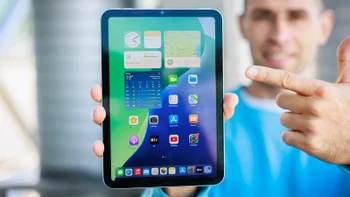Apple upgrades the iPhone 14 specs with HDR gyro and 256G accelerometer for Crash Detection
We may earn a commission if you make a purchase from the links on this page.

If you dive deeper into the iPhone 14 specs sheet, one interesting difference with all of the iPhone 13 models, cheap or expensive, emerges that wasn't paid too much attention to or featured during the "Far Out" event keynote presentation or in the phones' overview pages, for that matter.
The iPhone 14, 14 Plus, 14 Pro, and the iPhone 14 Pro Max are actually listed to sport upgraded internals in the form of what Apple calls "high dynamic range gyro" and "high-g accelerometer" instead of the "three-axis gyro" and simply "accelerometer" that it lists for the iPhone 13 line.
The iPhone 14 Crash detection's new sensors
Apple says that it has upgraded the iPhone 14's movement sensors precisely for the Crash Detection feature. The new high g-force accelerometer can detect "extreme accelerations or decelerations up to 256 Gs," while the high dynamic range gyro looks for any unorthodox changes in a car’s orientation.
Apple went through more than a million hours of "real‑world driving and crash data" in order to make Crash Detection on the iPhone 14 possible. Besides the new high dynamic range gyro and 256G accelerometer, Apple also uses existing iPhone 14 sensors in order to detect crashes with certainty.
The barometer, for instance, looks for atmospheric pressure changes that are possibly brought on by airbag deployment, while the iPhone 14 series' microphones try and detect loud bangs and other sounds consistent with severe car accidents.
"We developed advanced motion algorithms by performing head-on, rear-end, side-impact, and rollover crash tests," says Apple, explaining why it would be challenging for other phone makers to replicate its new Crash Detection feature that arrives with the iPhone 14 series.
Cue the "Apple iPhone Crash Detection saves... after a car accident" news titles that proliferated after the Apple Watch introduced its Fall Detection option that can probe emergency contacts and the 911 service if it senses that one of its wearers may have collapsed on the floor.
Follow us on Google News













Things that are NOT allowed:
To help keep our community safe and free from spam, we apply temporary limits to newly created accounts: